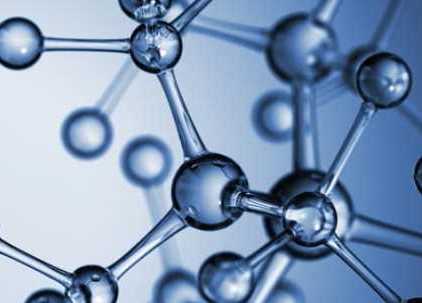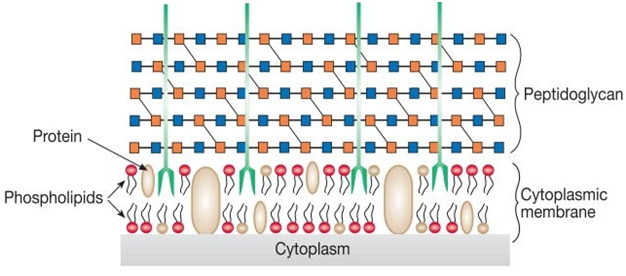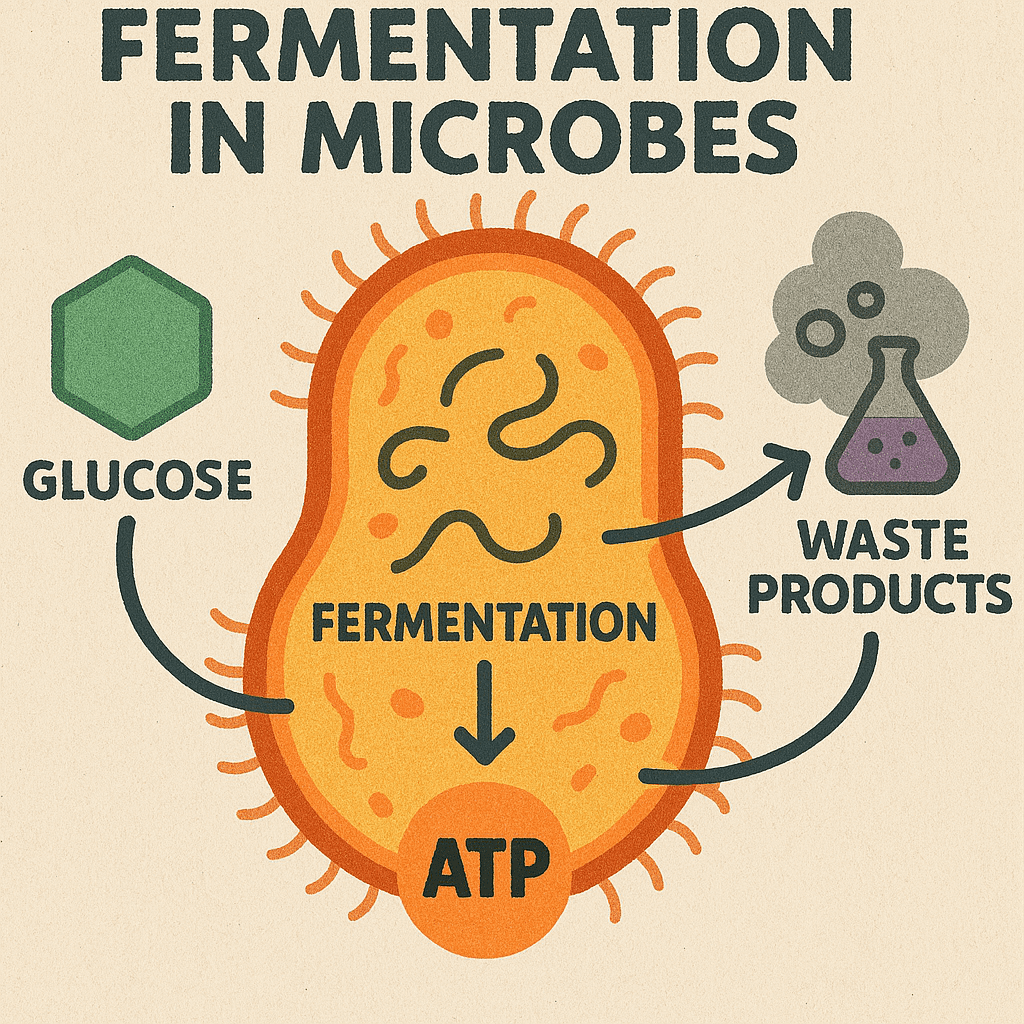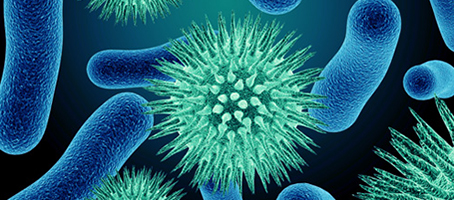A cell is simply defined as the basic structural and functional unit of life. It is the smallest component of all forms of life including microbial cells. The cell was first discovered by Robert Hooke (1635-1703)in 17th century. Robert Hooke was the first scientist who used the microscope to describe the cells of living organisms in 1665, and Hooke described his observations in his book titled “Micrographia”. Hooke’s microscope was a coarse compound microscope which he used in the 17th century to describe different objects that he viewed. It was after Robert Hooke’s discovery of the microscope that Anthony Von Leeuwenhoek (1632-1723),another notable microbiologist who improved on Hooke’s microscope to describe microorganisms.
Though Hooke’s microscope as at the time was deficient in accurately describing the other components of a cell (due to its low magnification), his contribution to microscopy allowed scientists to improve on the magnification of later microscopes. Cells are the building blocks of all forms of life. All living organisms are cellular in form. The cell is found in all living organisms, and it contains living materials or cell organelles such as mitochondria, nucleus, and cytoplasm amongst others which respectively perform various functions of the cell and the whole organism.
Cells vary in their sizes, shapes and appearances depending on where they exist. While some organisms are unicellular in form i.e. they are single cells (e.g. bacterial cells), others are multicellular and may contain millions or billions of different cell types that are organized into tissues and organs that perform specific functions in the host. All cells are enclosed by a protective covering known as the plasma membrane – which separates the living system of the cell (i.e. its internal environment) from the non-living system (i.e. its external environment). Inside the cell are specialized organelles and molecules that not only direct the day-to-day activities of the cell, but which also contain genetic materials that process and transfer genetic information between cells.
Virtually all cells in a living organism have much in common, and they also contain similar components despite variation in some of them. Different cells join together to form tissues, organs and the whole organism (organ system). Cells are generally the building blocks of all living organisms and every cell contains organelles that perform specific functions. Organelles are small organs that are found inside the cells and they perform similar functions to the different organs that are found in the body of higher or whole organisms.
References
Alberts B, Bray D, Lewis J, Raff M, Roberts K and Watson J.D (2002). The molecular Biology of the Cell. Fourth edition. New York, Garland, USA.
Berg JM, Tymoczko JL, Stryer L (2002). Biochemistry (5th ed.). New York, NY: W. H. Freeman.
Brooks G.F., Butel J.S and Morse S.A (2004). Medical Microbiology, 23rd edition. McGraw Hill Publishers. USA.
Campbell, Neil A.; Brad Williamson; Robin J. Heyden (2006). Biology: Exploring Life. Boston, Massachusetts: Pearson Prentice Hall.
Cooper G.M and Hausman R.E (2004). The cell: A Molecular Approach. Third edition. ASM Press.
Dale J (2003). Molecular genetics of bacteria. Jeremy W. Dale and Simon Park (4th eds.). John Wiley & Sons Ltd, West Sussex, UK. Pp.
Karp, Gerald (2009). Cell and Molecular Biology: Concepts and Experiments. John Wiley & Sons.
Lodish H, Berk A, Matsudaira P, Kaiser C.A, Kreiger M, Scott M.P, Zipursky S.L and Darnell J (2004). Molecular Cell Biology. Fifth edition. Scientific American Books, Freeman, New York, USA.
Madigan M.T., Martinko J.M., Dunlap P.V and Clark D.P (2009). Brock Biology of microorganisms. 12th edition. Pearson Benjamin Cummings Publishers. USA. Pp.795-796.
Maton, Anthea (1997). Cells Building Blocks of Life. New Jersey: Prentice Hall.
Discover more from Microbiology Class
Subscribe to get the latest posts sent to your email.





